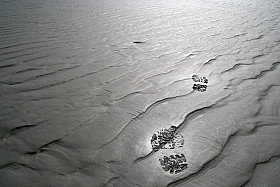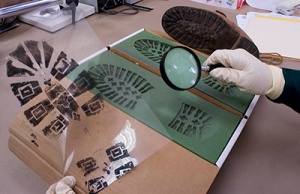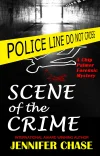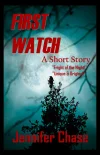Impression evidence is the most common type of evidence found at any crime scene, whether the primary or secondary scenes, and it includes fingerprints, footprints, and tire marks. It’s one of the most interesting physical parts of a crime scene for me. Even though it is the most common, it can be difficult to collect and identify properly due to the partials, distortions, scene contaminants, and weather conditions.
***
“…while footprints are common they are often left unused by forensic scientist because marks may be distorted only a partial print may be left and because the vast number of shoe shapes and sizes.”
***
According to Cold Case Detective Joseph Giacalone, crime scenes pose other obstacles that could make the collection of impression evidence challenging. Contaminating evidence by not controlling police personnel and not identifying the evidence properly are just to name a few.
Footprints found at or near crime scenes require a detailed examination and it is often tedious and time-consuming. This impression evidence is preserved by either a cast mold made with dental stone, lifted by use of photographic paper, special lifter, or static electricity.
***
“Footwear marks are found at crime scenes much more commonly than fingerprints…”
***
The most valuable details are signs of wear, characteristic marks, injuries, and repair marks. Lesser evidentiary characteristics, though still important, are the size and shape of shoe, and pattern in the heel and sole areas.  Footwear impression occurs when the foot treads in some type of moldable material like earth, sand, and snow. A fascinating aspect to footwear evidence is that with enough visual information it can indicate an individual’s gait pattern of possible injury, or if they were walking, running, intoxicated, carrying something heavy, and walking with toes in or out.
Footwear impression occurs when the foot treads in some type of moldable material like earth, sand, and snow. A fascinating aspect to footwear evidence is that with enough visual information it can indicate an individual’s gait pattern of possible injury, or if they were walking, running, intoxicated, carrying something heavy, and walking with toes in or out.
***
“However, matching a footprint at a crime scene can quickly narrow the number of suspects and can tie different crime scenes to the same perpetrator(s) even if other evidence is lacking.”
***
According to an article in October from Science Daily, a team for footwear forensic scientists have been working on a better way to identify this type of impression evidence more efficiently. A new computer algorithm can help to analyze footwear impression evidence to clusters of footwear types along with makes and tread patterns.
A team from University at Buffalo, New York have developed a way to group recurring patterns in a database of footwear marks to that of clustered data by use of a “attributed relational graph”, which can be searched and compared to suspect’s prints quicker than previous searching technology. The team has successfully tested this software against other types of footwear retrieval systems.
High-Five to CSI Footwear Forensics!
Check out the Emily Stone Thriller Series and find out how she tracks serial killers. How does she search for footwear evidence?
* * *




































Just a thought… could wearing used shoes be an effective counter-forensic measure? I’d love to see how Emily Stone would deduce that the killer wore thrift store shoes!
LikeLike
Love it! The perp could buy a pair of used thrift store shoes for each crime and then throw them away afterwards — like the untraceable cell phone 🙂 Thanks for stopping by!
LikeLike
Pingback: Police Follow Snow Tracks to Nab Robbers | Author Jennifer Chase
Pingback: Gather Around and Discover the Impression Evidence at the Crime Scene | Author Jennifer Chase